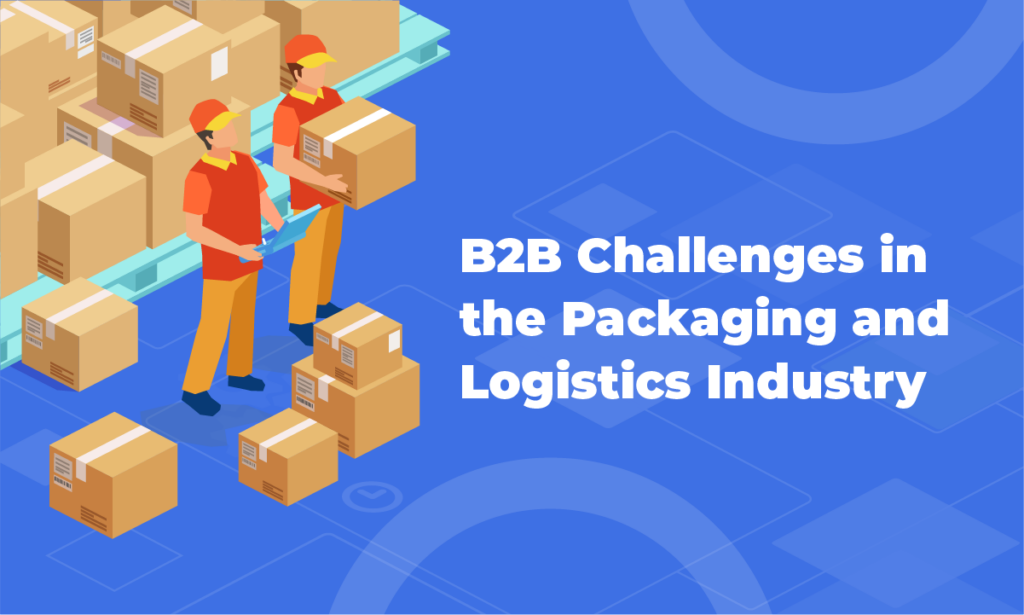Cloudfy’s business-to-business (B2B) ecommerce platform offers proven extensions for integration with Microsoft Dynamics 365 Business Central (BC) and Finance & Operations (F&O) for seamless business solutions.
Both can be combined with other Microsoft applications, including customer relationship management (CRM), human resources (HR), customer service and marketing tools for a complete business platform.
At the beginning of this year Microsoft announced additional capabilities for B2B organizations, including tools to improve account relations, partner management, account-based promotions, distributed order management, self-service purchasing and product recommendations.
We decided to explore the differences between these two powerful options for your B2B ecommerce business.
The Microsoft Dynamics 365 family
There are two enterprise resource planning (ERP) solutions within the Microsoft Dynamics 365 family. BC (formerly NAV) connects sales, service, finance and operations teams and is ideal for small and medium sized businesses.
F&O (formerly AX) improves financial controls to support decisions and greater business agility through real-time financial reporting, analytics and insights driven by artificial intelligence.
Both have published ‘localization packs’ for countries in which they are legally compliant. F&O has more localizations compared with BC, so you will need to check their suitability
Generally, F&O is perceived to be preferred by larger organizations, but this is due to business requirements and budgets rather than the number of users.
Business requirements
For organizations involved in international inter-company trading with stringent financial compliance requirements, F&O will probably be preferred. It is also a popular choice for process-driven manufacturers and businesses with complex supply chains that need to manage transport requirements, quality control, and a wide range of products and suppliers.
For businesses with more straightforward requirements, BC will probably meet all their needs. On average, BC implementation costs are around a third of F&O’s, which can obviously make a big difference to your budget. If you are operating in multiple countries however, you will require local licenses which can cost more than F&O. Both options are available as a “software as a service” (SaaS) solution where the cost differences are often less significant.
Advantages of Microsoft Dynamics 365 Business Central
BC is well-suited to distribution, public sector, manufacturing and professional services organizations. All financial operations can be tracked, processed and analyzed via the easy-to-use interface.
The warehouse management module supports stock control and processing, and allows shipping and sales management to be automated and optimized.
For manufacturing businesses, the production module allows orders to be created and managed, helping to keep production agile. Intelligent tools support accurate forecasts to improve stock control.
The detailed accounting information for sales, purchases and customer interactions improves the efficiency of financial operations. Analytical tools also allow you to prioritize prospects based on purchase orders to optimize sales.
Advantages of Microsoft Dynamics 365 Finance and Operations
F&O allows complex organizations to centralize information from operational locations, digital portals, back office systems, call centers and analytics. Complete advertising campaigns can also be carried out via F&O.
For manufacturing businesses there are multiple tools to automate processes such as Kanban systems, production orders and batch orders, along with project monitoring.
Centralizing data using the retail module allows sellers and customer service agents to have access to all the information they need for seamless purchasing journeys.
The differences between Business Central and Finance
BC has regional management and currency options for 19 countries while F&O provides over 30, so the best fit for your business will depend on the complexity and geographic spread of your operations.
F&O can handle hundreds of thousands of transactions while BC is more suited to companies with more limited needs of perhaps several thousand sales. Both options will allow you to automate your business processes to help maximize profits.
BC provides functionality for service management and manufacturing. F&O has a comprehensive range of manufacturing functions to create lean processes, along with ‘available to promise’ (ATP) control and advanced warehousing with mobile solutions.
While BC has business intelligence tools for reporting, dashboards and bespoke analysis, Power BI is embedded in F&O to provide in-depth analysis, insights and reporting functions.
Choose trusted partners
Whether you are migrating from a legacy ERP system to Microsoft Dynamics 365 or want to upgrade your existing capabilities, the Cloudfy team has a wide range of experience across multiple market sectors.
When you choose a SaaS solution you reduce maintenance and support costs and take advantage of regular feature updates.
To find out more about Microsoft Dynamics 365 options for your B2B ecommerce company, contact our experts today.





